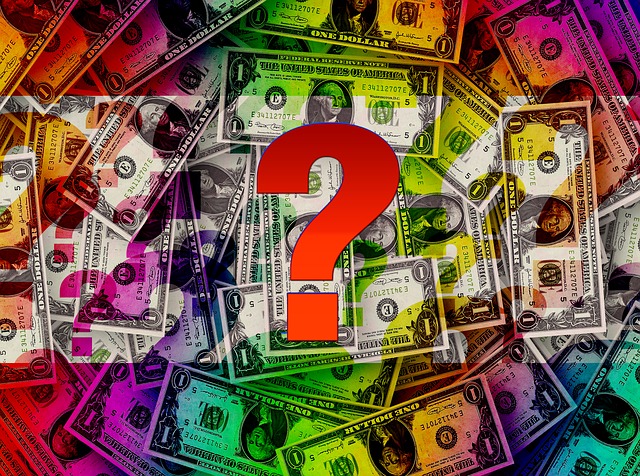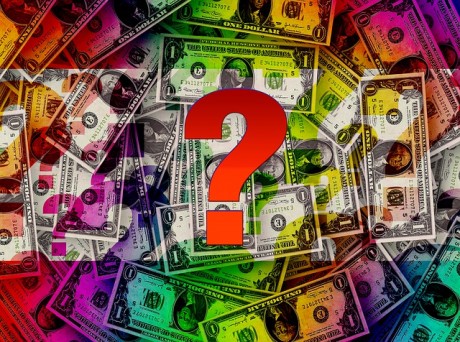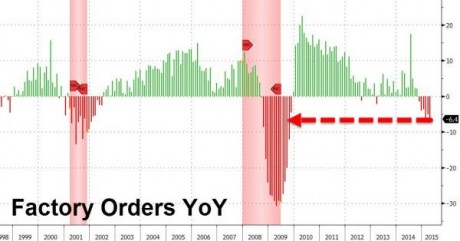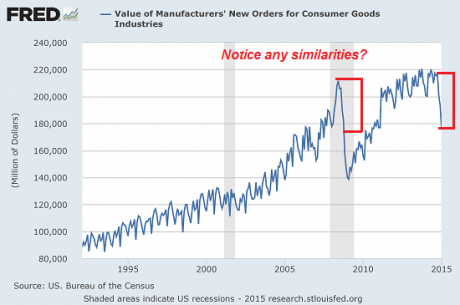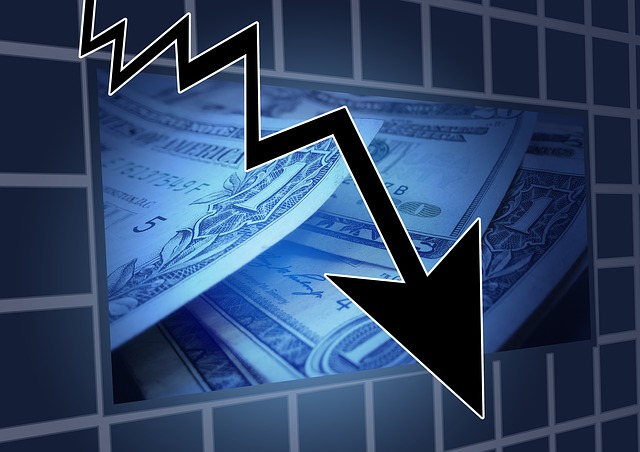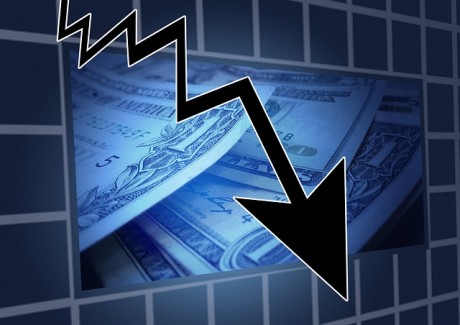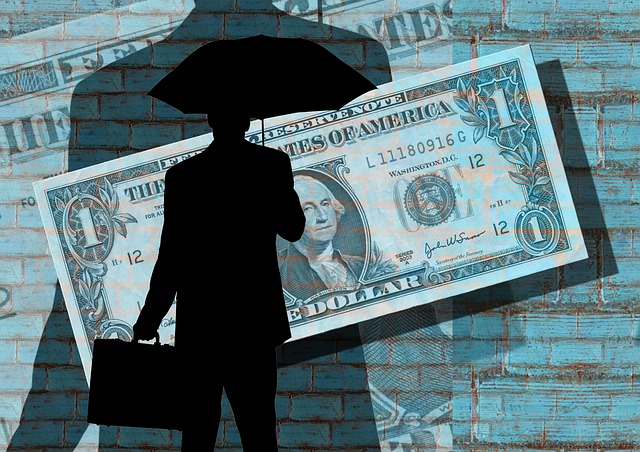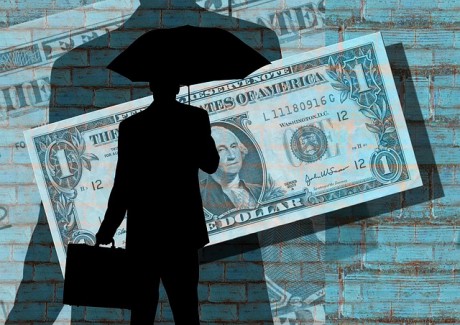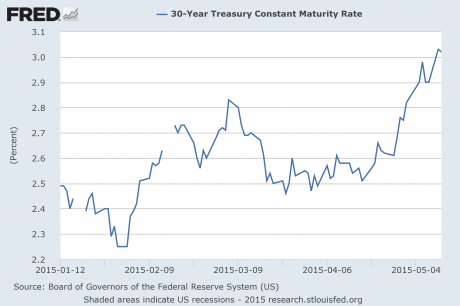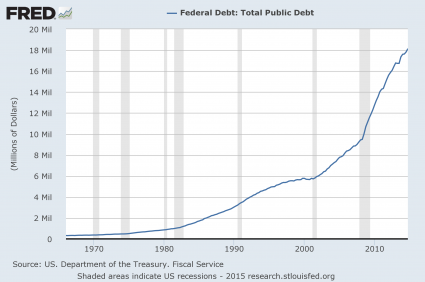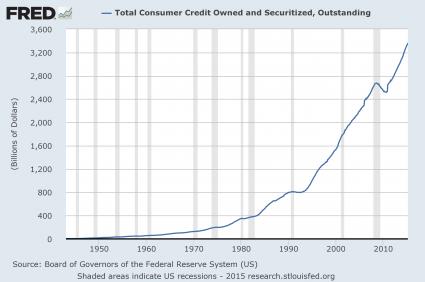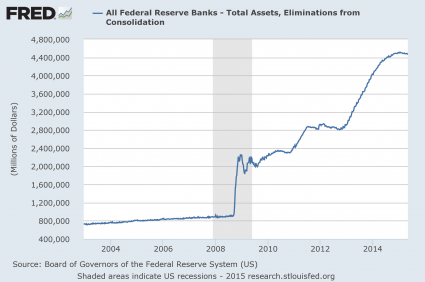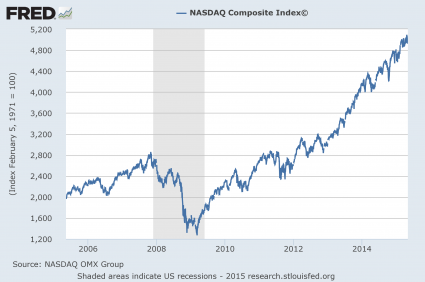 Are they expecting something to happen? As you will read about below, the European Union says that any nation within the EU that does not enact “bail-in” legislation within the next two months will face legal action. The countries that are being threatened in this manner include Italy and France. If you fast forward two months from this moment, that puts us in early August. So clearly the European Union wants everything to be squared away by the end of the summer. Is there a reason for this? Are they anticipating that something really bad will happen in September or thereafter? Why such a rush?
Are they expecting something to happen? As you will read about below, the European Union says that any nation within the EU that does not enact “bail-in” legislation within the next two months will face legal action. The countries that are being threatened in this manner include Italy and France. If you fast forward two months from this moment, that puts us in early August. So clearly the European Union wants everything to be squared away by the end of the summer. Is there a reason for this? Are they anticipating that something really bad will happen in September or thereafter? Why such a rush?
We all remember what happened when major banks were “bailed out” during the last financial crisis. A tremendous amount of taxpayer money was given to the big banks to help prop them up so they wouldn’t fail. This greatly upset a lot of people.
Well, when the next great financial crisis hits Europe, banks are not going to get “bailed out” this time. Instead, we are going to see “bail-ins”.
So precisely what is a “bail-in”? Essentially, what happens is that wealth is transferred from the “stakeholders” in the bank to the bank itself in order to keep it solvent. That means that creditors and shareholders could potentially lose everything if a major bank in Europe fails. And if their “contributions” are not enough to save the bank, those holding private bank accounts will have to take “haircuts” just like we saw in Cyprus. In fact, the travesty that we witnessed in Cyprus is being used as a “template” for much of the new legislation that is being enacted all over Europe.
The bottom line is that not a single bank account in the European Union will ever be truly safe again.
By this time, everyone in the EU was already supposed to have enacted “bail-in” legislation, but some countries in Europe have been dragging their feet. So now the European Commission (the executive body of the European Union) is giving them a hard deadline. According to Reuters, any nation that has not passed “bail-in” legislation within two months will be subject to legal action…
The European Commission on Thursday gave France, Italy and nine other EU countries two months to adopt new EU rules on propping up failed banks or face legal action.
The rules, known as the bank recovery and resolution directive (BRRD), seek to shield taxpayers from having to bail out troubled lenders, forcing creditors and shareholders to contribute to the rescue in a process known as “bail-in”.
So which countries are being threatened?
It turns out that there are 11 of them. The following comes from Mark O’Byrne…
The article “EU regulators tell 11 countries to adopt bank bail-in rules” reported how 11 countries are under pressure from the EC and had yet “to fall in line”. The countries were Bulgaria, the Czech Republic, Lithuania, Malta, Poland, Romania, Sweden, Luxembourg, the Netherlands, France and Italy.
France and Italy are two countries who are regarded as having particularly fragile banking systems.
But why only two months to get this done?
When I was in law school, I took an entire course on European Union law. Normally, things in Europe take a very long time to get done. It is out of character for the European Commission to rush to get something like this done so quickly.
Could they be anticipating that this legislation will need to be put into use very soon?
What we do know is that bonds in Europe have already been crashing, and it appears that the European Central Bank is starting to lose control over European financial markets.
And we also know that there has been a sustained bank run in Greece. In fact, it is being reported that 700 million euros were pulled out of Greek banks on Friday alone. Personally, I think that anyone that still has any money in Greek banks is absolutely insane. Some day in the not too distant future, Greek bank account holders are going to be in for a “haircut” just like we saw in Cyprus. The following comes from Zero Hedge…
While the Greek government believes it may have won the battle, if not the war with Europe, the reality is that every additional day in which Athens does not have a funding backstop, be it the ECB (or the BRIC bank), is a day which brings the local banking system to total collapse.
As a reminder, Greek banks already depends on the ECB for some €80.7 billion in Emergency Liquidity Assistance which was about 60% of total deposits in the Greek financial system as of April 30. In other words, they are woefully insolvent and only the day to day generosity of the ECB prevents a roughly 40% forced “bail in” deposit haircut a la Cyprus.
But of course Greece will only be just the beginning. In the end, I expect major banks to fail all over Europe as we head into the greatest financial crisis that Europe has ever seen. Bank account holders all over the continent could end up having to take “haircuts”, and that would just make the coming deflationary cycle in Europe a lot worse.
And I actually expect events in Europe to start accelerating greatly by the end of this calendar year. Apparently the top dogs in the European Union are also concerned about the immediate future, because they are rushing to get “bail-in” legislation passed in every nation in the EU by the end of the summer.
Fortunately, the United States has not moved in a similar direction – at least not yet. It is always possible that during an “emergency situation” anything can happen. We saw that in Cyprus. But for the moment, European bank accounts appear to be more vulnerable than U.S. bank accounts.
Not that any of us should have much confidence in the major banks in the United States either. Since the end of the last financial crisis they have become more reckless than ever. At this point, the six largest banks in this country collectively have 278 trillion dollars of exposure to derivatives. A day is coming when the “too big to fail” banks will actually start failing, and that will absolutely cripple our economy.
We are moving into a time of great financial instability. During such a time, one of the keys will be to not have all of your eggs in one basket. That way it will be more difficult for your wealth to be wiped out by a single event.
So what other advice would you give to people that are wondering how to deal with the coming global banking crisis? Please feel free to add to the discussion by posting a comment below…

